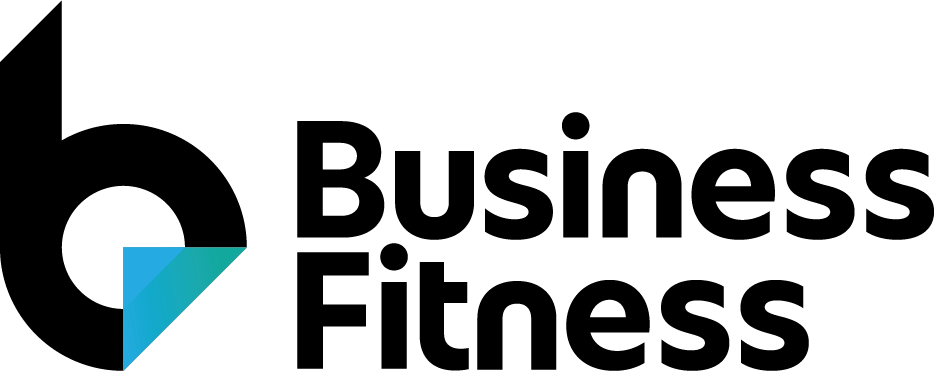| Article Objective: To assist users in navigating the Active Platform to effectively use the wages automation feature to prefill wages and PAYG withholding data to the record template. Context: The wages automation feature is specifically designed to streamline the reconciliation process of the balance sheet and expense accounts. It achieves this by automatically comparing the client's payroll amounts with those reported to the ATO, ensuring accuracy and efficiency. Please refer to the Glossary for definitions of key terms used in this article. TABLE OF CONTENTS |
Using the wages automation feature
For optimal utilisation of the wages automation feature, we recommend inserting the 'J50 BAS Lodgements' worksheet as the initial step to gather the necessary pay information from the ATO.
Simply click Accept in the Taxation section to add the sheet and prefill the ATO data.
For more information, see the knowledge article: How to use ATO integration - BAS lodgements.

Now let the automation begin by inserting the 'N80 Wages and PAYG' worksheet at either a wages expense account or at the PAYG withholdings payable account.
Click Accept.

Hint: We recommend inserting the sheet at the payable account as it will reconcile both the liability and the expense up front.

Wages and salaries
When the 'N80 Wages and PAYG' worksheet is inserted it aims to identify all accounts relating to payroll, including if you have multiple expense accounts. These expenses account balances will be automatically added to the ledger account balances area of the wages and salaries section of the worksheet.

Changing account types
If a wages account doesn't appear in the list within the worksheet or does and is not supposed to, it may be classified incorrectly. To check or edit, navigate to the account screen and check that the account type has been allocated correctly.
From the web binder, select Accounts.

This will generate a list of accounts. To filter the account type, hover over the 'Account Types' heading and select the hamburger menu.

Select the middle icon and search wages to display all wage related accounts.

Select on the pencil icon to the right of the account you wish to examine and a pop-up screen will appear with the details of the account.


To change the account type, change the mode to Manual and select the account type you wish to change it to.
Click Save.

Once updated, the worksheet will need to be refreshed. To do this, click on the information icon in the Excel taskpane.

A pop-up will appear on the screen. Scroll to the 'Commands' section and click on the Execute button next to 'Link Wages'.
Click Save and Close.

Note: This feature is exclusively accessible via the Excel add-in taskpane and isn't available in the web version.
PAYG withholding
The worksheet will reconcile PAYG withholding in exactly the same way as the expense accounts by detecting the ledger balance and inserting it into the PAYG withholding section for comparison with the ATO data.

Note: The worksheet assumes that the PAYG withholding is paid in the following quarter. Remember to update the payments if this is not the case as this information determines the amount payable.
The payroll summary reconciliation
With the ledger balances inserted, the automation will compare those balances with the payroll data lodged with the ATO. This comparison is made in the Payroll Summary section, with the ATO data being populated from the 'J50 BAS Lodgements' worksheet.
Adjustments are automatically made for rounding.

Adding 'N80 Wages and PAYG' worksheet against wage expense account first
If you insert the worksheet using one of the expense recommendations, you will notice that the PAYG Withholding is not reconciled. This is because the sheet hasn't been able to determine the correct liability account.

This is easily fixed by accepting the 'Wages and PAYG' worksheet recommendation against the payable account. The account is then linked to the worksheet.

